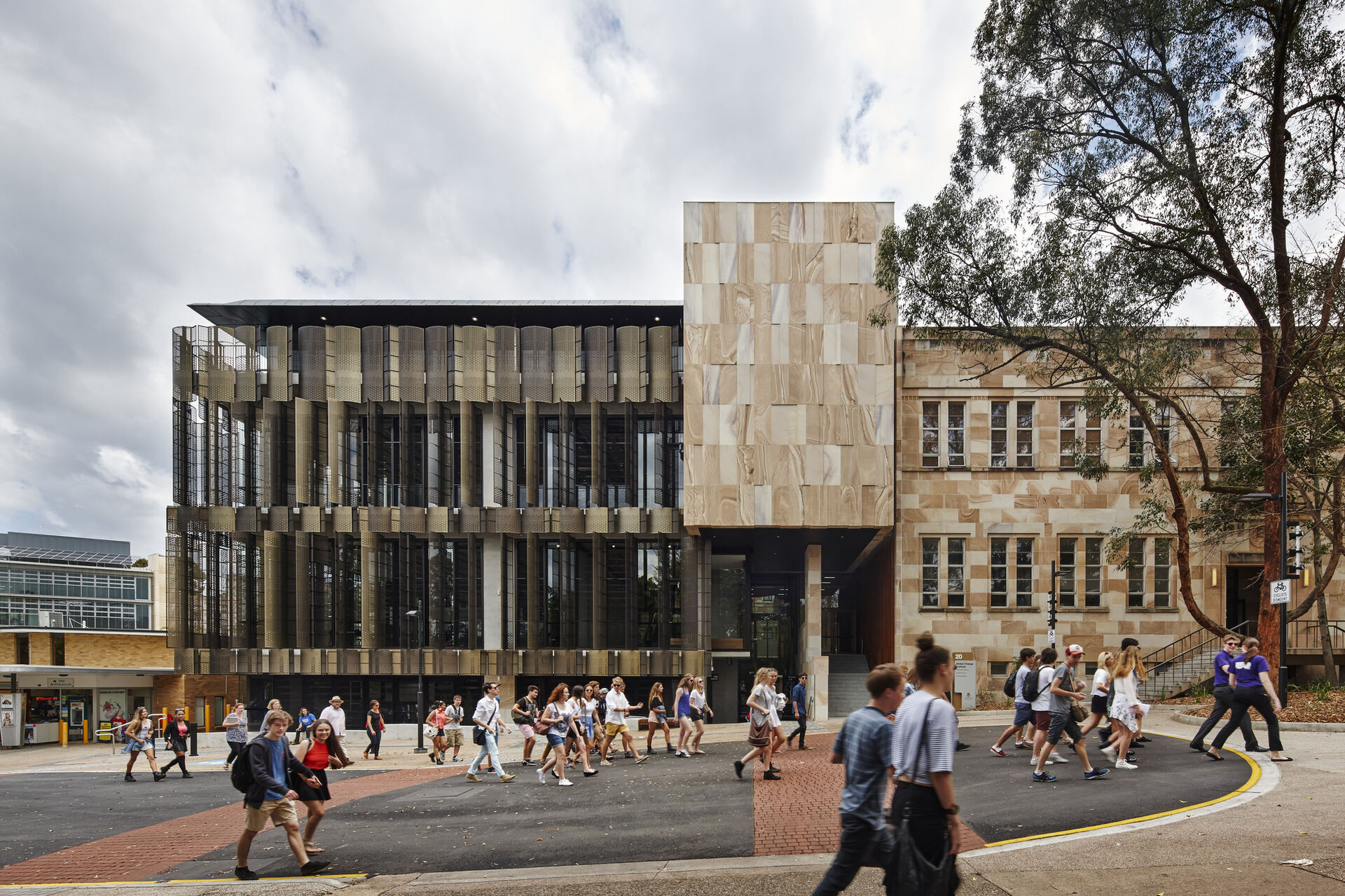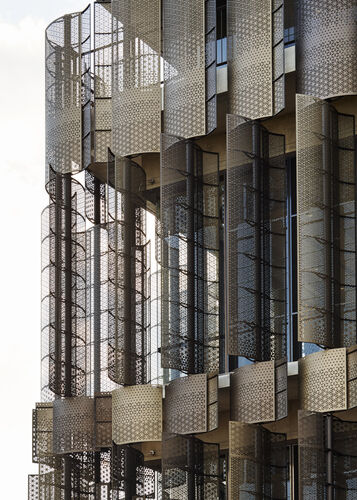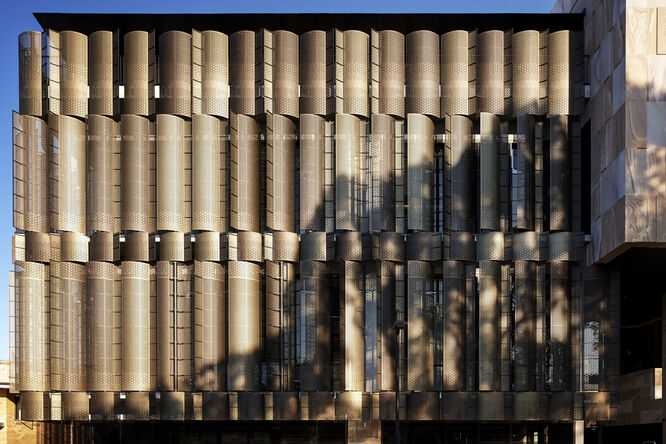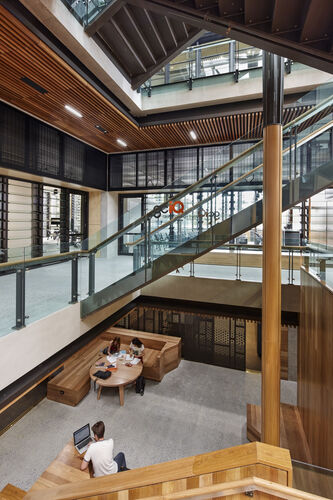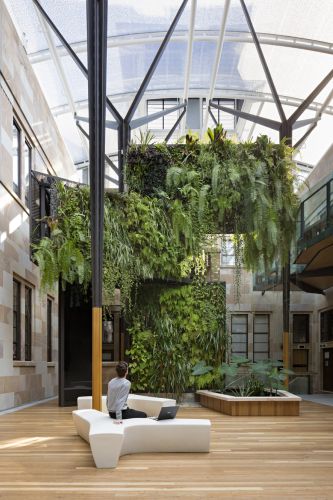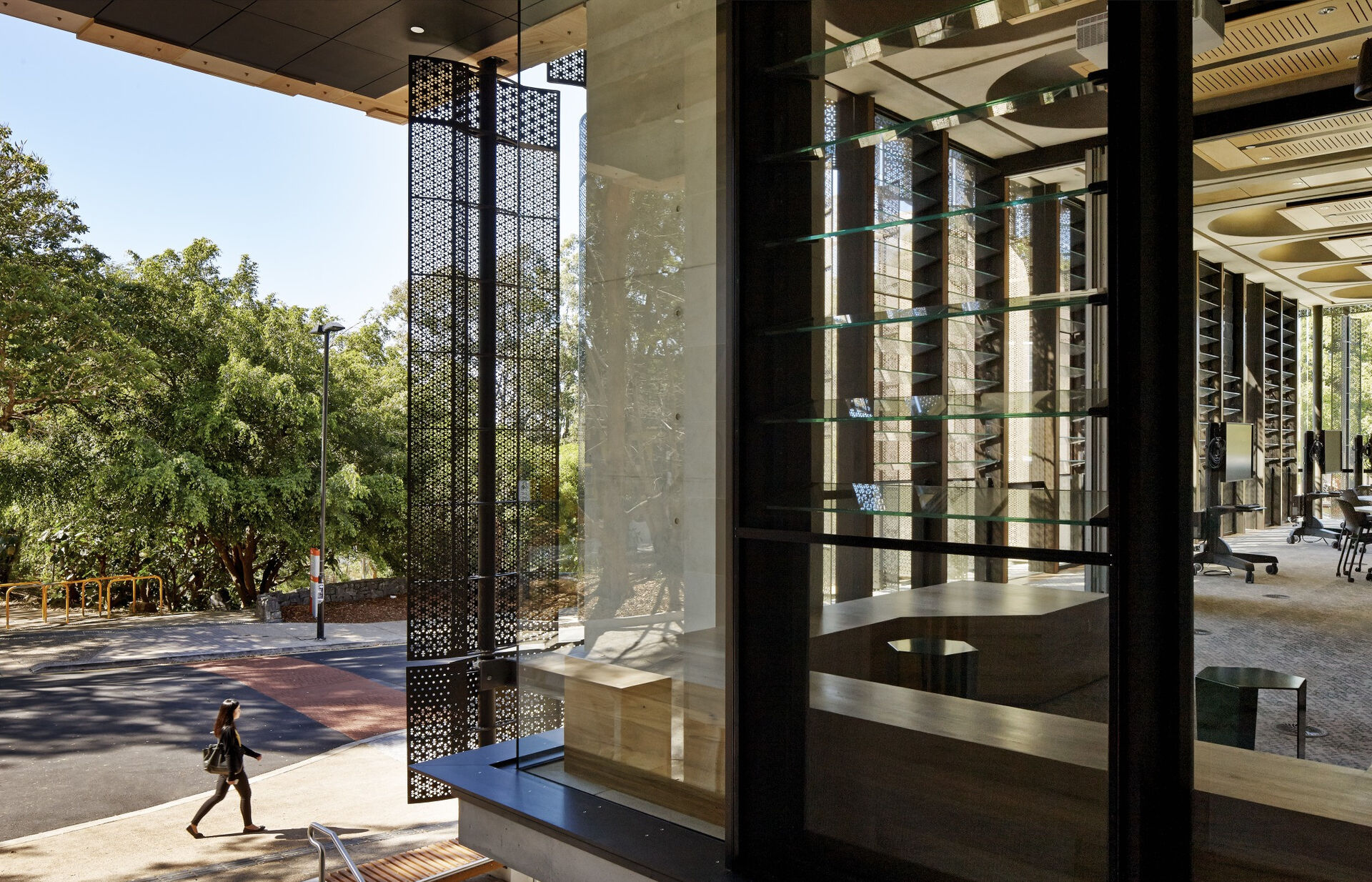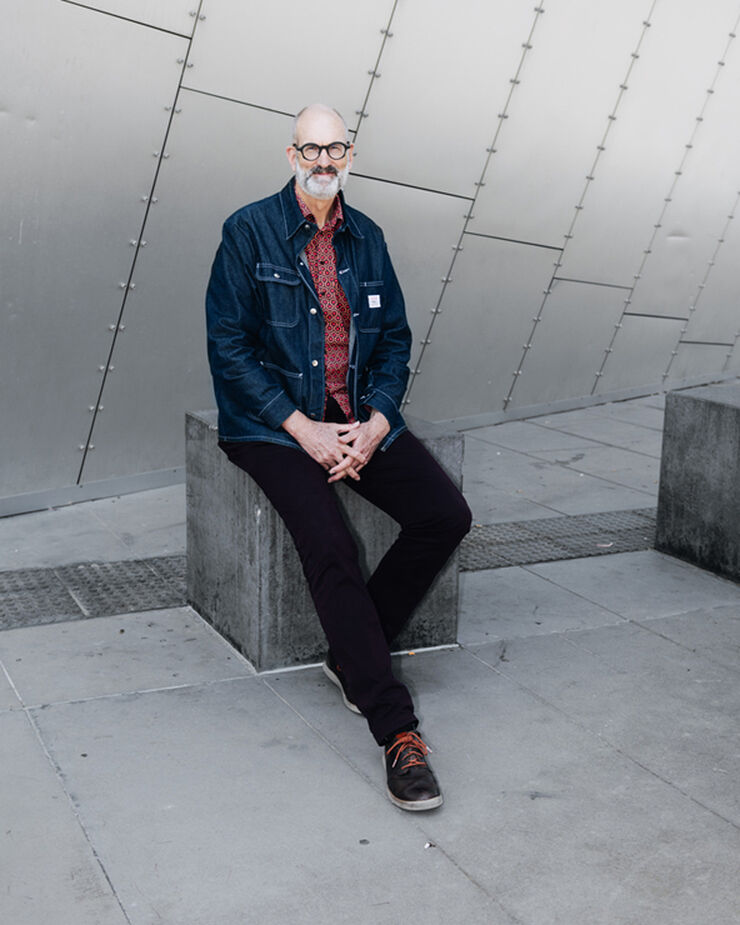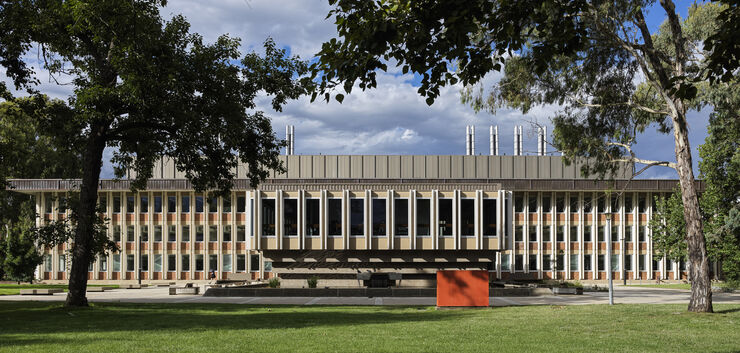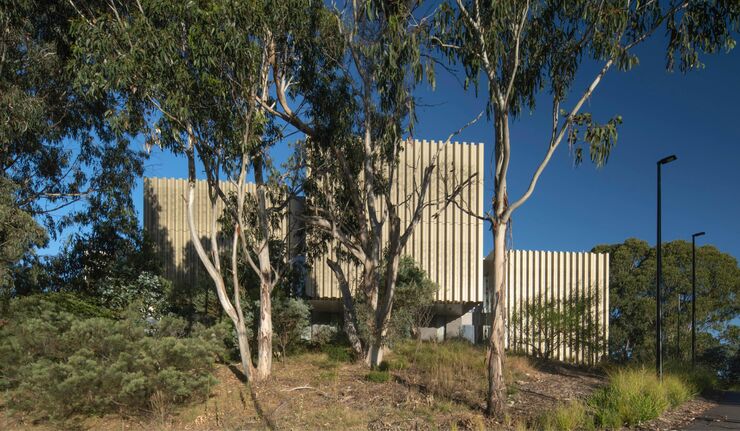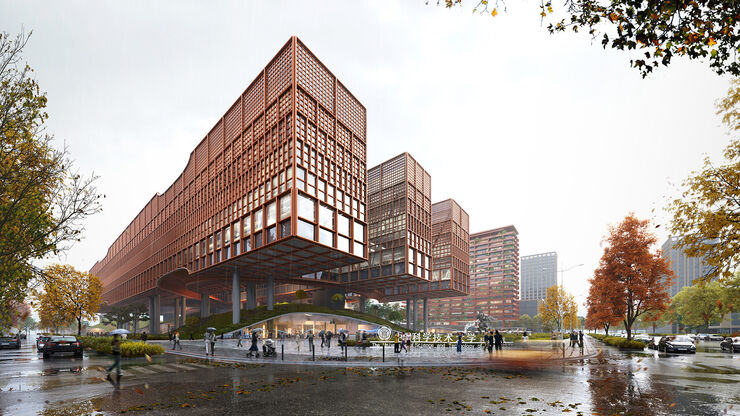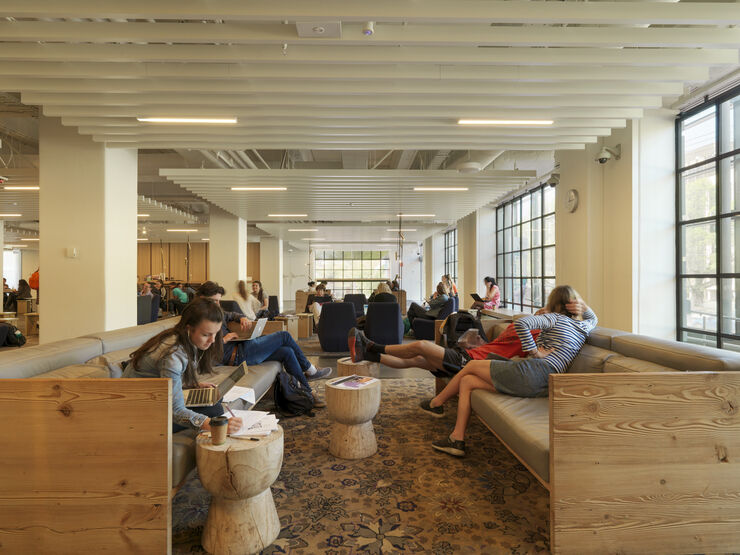Sustainability highlights
According to the jury of the 2014 BPN Sustainability Award, UQ’s Global Change Institute — which took out the Sustainability Award for Public Building & Urban Design — was selected as winner for its large range of sustainability features and initiatives, many of which go beyond industry measures. The centre is recognised for successfully shifting industry thinking about buildings as consumers of resources, to being contributors to environmental and social sustainability.
“The building will operate as a zero energy and zero carbon work place, achieved via a range of sustainability measures that generally go beyond industry measures, including the Geopolymer floor beams that won an Innovation award at the BPN Sustainability Awards in 2013. The impressive cross section of technical solutions has been incorporated seamlessly into the building design rather than existing as ‘symbols’ of an applied idea of sustainability.
“This combination of industry leading, seamlessly integrated technology and design, spatial solutions that foster collaboration and a program designed specifically for interdisciplinary work on climate change issues resulted in a completeness that we recognised in awarding this the Public Building and Urban Design Award for 2014.”
— 2014 Sustainability Awards Jury
A living laboratory
GCI is designed to be a ‘living laboratory’ that runs on feedback and generates knowledge, with a Building Management System that provides real time monitoring and adjustment of its systems. This optimises energy performance and allows ongoing engagement with occupants to help them make sustainable choices to maximise their comfort using mixed-mode systems.
Natural ventilation is achieved up to 88% of the year through the building’s climate-responsive design approach and intelligent systems that actively encourage occupants to make adaptive thermal responses. A low energy displacement system conditions the building for the remainder of the year.
Sharing findings from the long-term operation of the building helps ensure GCI fulfils its ambition of driving sustainable transformation and meeting the challenges of our changing world.
Awards
2016 Property Council of Australia Innovation and Excellence Awards
- Award for Best Sustainable Development – New Buildings
2015 Consult Australia Awards for Excellence
- Sustainability in Design Gold Award
2015 AIA National Awards
- David Oppenheim Award for Sustainable Architecture
- Award for Interior Architecture
2015 AIA Qld Chapter Awards
- Harry Marks Award for Sustainable Architecture
- RG Suter Award for Educational Architecture
- GHM Addison Award for Interior Architecture
2015 AIA Qld – Brisbane Regional Awards
- Commendation for Educational Architecture
2014 Australian Steel Institute Awards
- Winner for Steel Excellence in Buildings - Large Projects
2014 BPN Sustainability Awards
- Winner – Public Building & Urban Design
2013 BPN Sustainability Awards
- Best of the Best Award
- Innovation of the Year Award
2013 IES Awards
- Commendation for Lighting Design
2012 AIRAH Awards
- Innovative Use of Solar Energy in HVAC and Refrigeration
